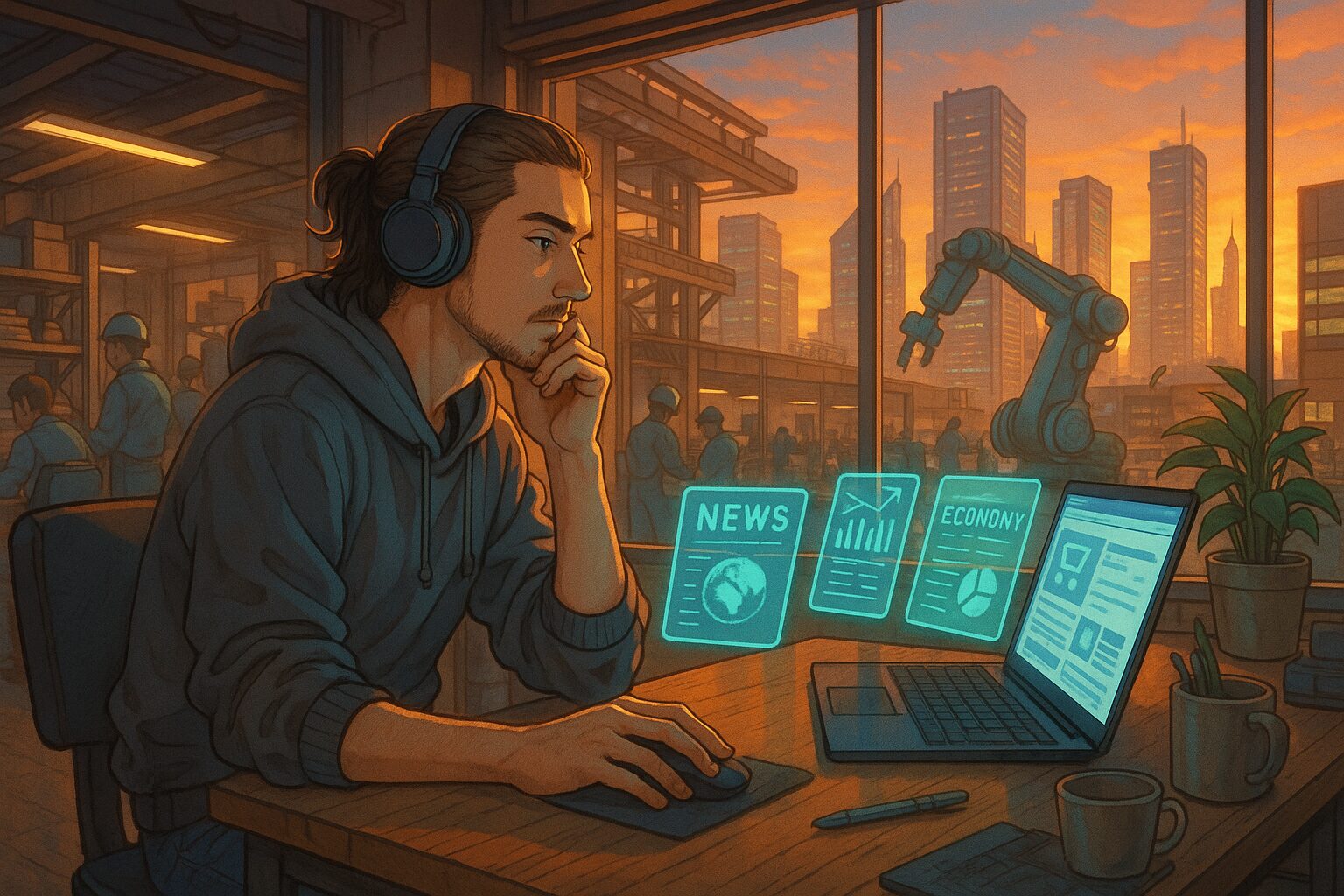Is the day when nuclear energy will transform our future coming?
Nuclear energy is returning to focus as an energy option for the future. A message from the U.S. Department of Energy may accelerate this trend. If this move continues, how will our energy sources change? And what impact will these changes have on our daily lives?
1. Today’s News
Source:
The Energy Department is granting $134 million for fusion funding
Summary:
- The U.S. Department of Energy has allocated $134 million to a fusion energy program.
- This funding will be used for research and integrating the commercialization process.
- A large portion of the funds will be awarded to the “FIRE” group, which includes virtual university teams.
2. Looking Back
Stable energy availability is the foundation of modern society. If we rely on fossil fuels, environmental impacts and resource limitations can become major issues. Nuclear energy is expected to be a clean and limitless energy source, but there are technological challenges, and it has not yet achieved commercial viability. This information from the Department of Energy may be a step towards addressing these challenges and could be the foundation for future energy revolutions.
3. What Will the Future Look Like?
Hypothesis 1 (Moderate Scenario): Over time, Nuclear Energy Will Become Common
Nuclear energy technology could stabilize and become part of daily energy procurement. This scenario would lead to a decrease in energy costs, allowing households and businesses to access clean electricity at lower prices. People may not have a significant awareness of energy usage, but there may also be a decline in the desire for energy-intensive activities.
Hypothesis 2 (Hopeful Scenario): Nuclear Energy Will Continue to Improve
Nuclear energy technology could rapidly develop and spread worldwide as a source of clean energy. This would allow for a slowdown in global warming and help address environmental issues. People would be able to feel the reality of a sustainable tomorrow, with increased awareness of environmental conservation, and society could share ecological values.
Hypothesis 3 (Pessimistic Scenario): Nuclear Energy Could Fade Away
There is a possibility that we may not overcome technological barriers, and nuclear energy could fail to operate commercially. In this scenario, energy availability issues would remain unresolved, relying on fossil fuels. In a situation of resource scarcity, international competition would increase, and social concerns regarding energy could rise.
4. Our Recommendations
Thoughtful Suggestions
- Consider how energy choices will reshape tomorrow.
- Adjust your daily energy usage and pay attention to sustainable options.
Practical Tips
- Adopt a lifestyle that focuses on energy efficiency.
- Be informed and engaged with your local energy policies, and share your opinions.
5. What Would You Like to Do?
- How will you get involved to help advance nuclear energy commercialization?
- If you were to integrate sustainable energy options into your daily life, what would you start with?
- What are your thoughts on the future of energy issues?
Have you thought about what the future holds? Please let us know through social media or comments.









